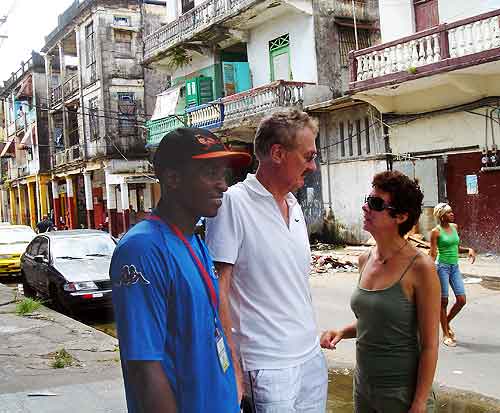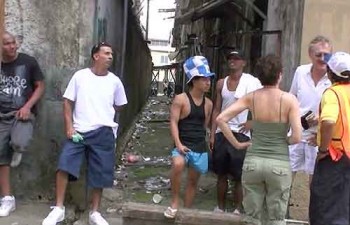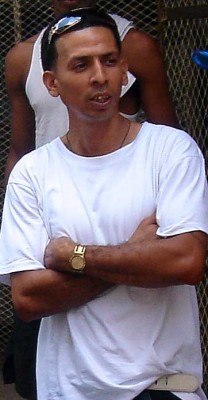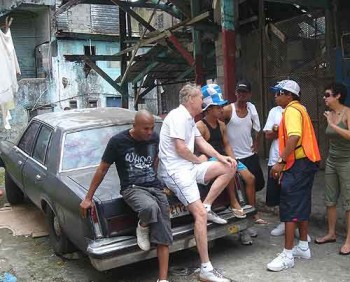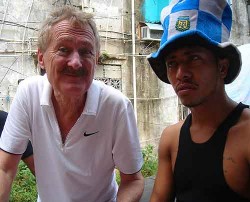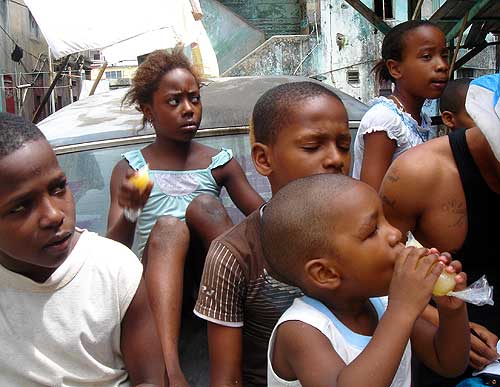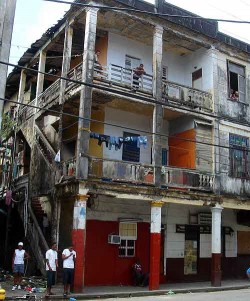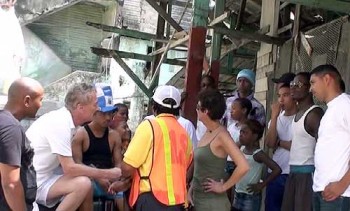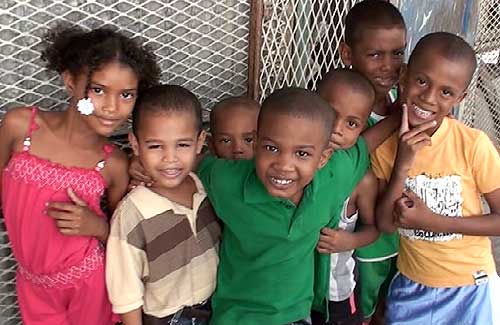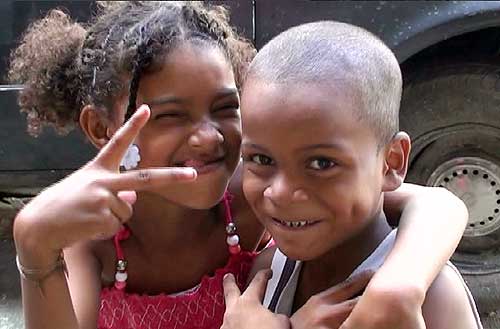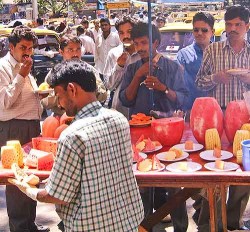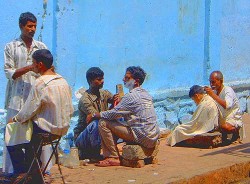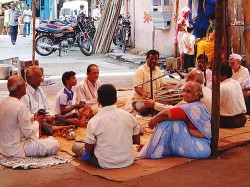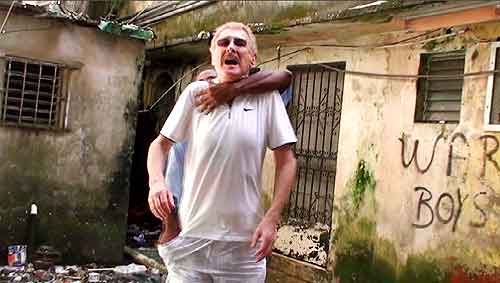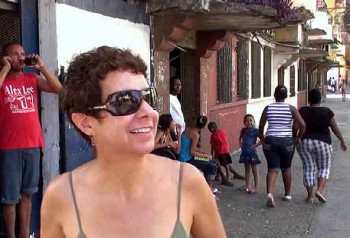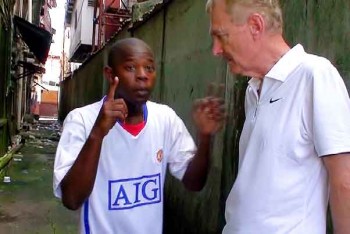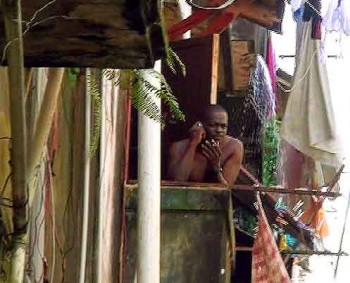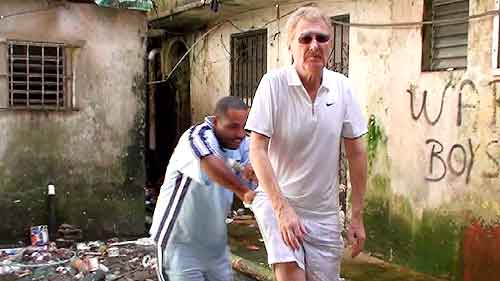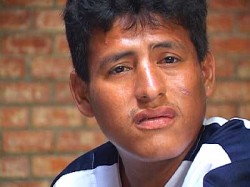Anti-theft Rules for Rio
How to Protect Yourself from Street Thieves and Muggers
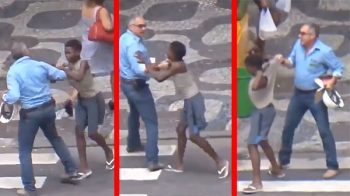
“Be more vigilant; be aware of your surroundings,” warn US government agencies to travelers heading to Rio. Be aware of pickpockets in Rio.
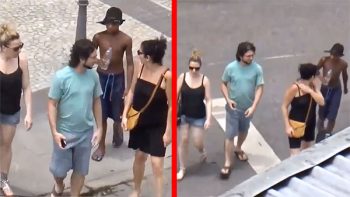
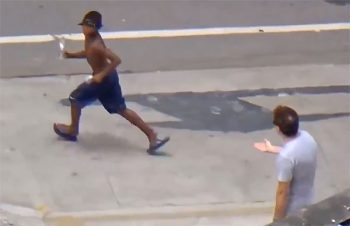
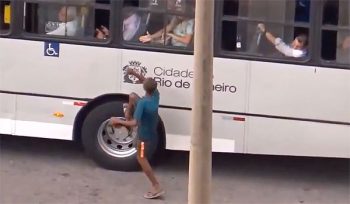

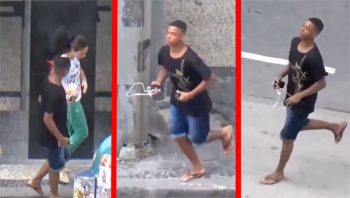
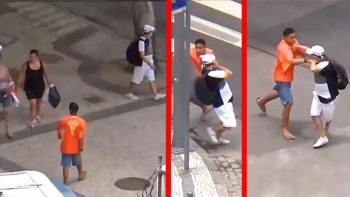


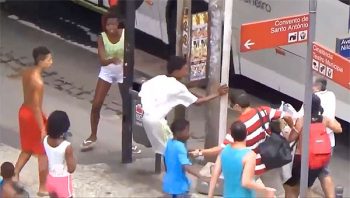
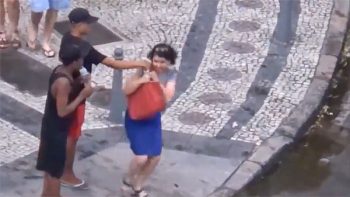
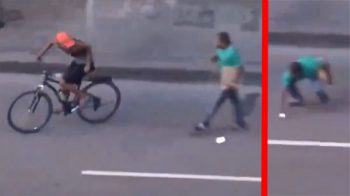

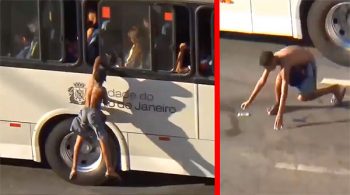
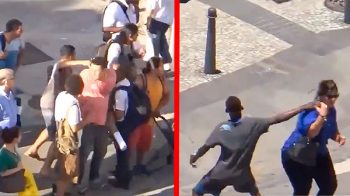
But what does it really mean: “be more vigilant”? That advice seems to be given on a daily basis now, whether about visiting France, attending the Olympics in Rio, or a music festival anywhere.
Robbed in Rio
How should the ordinary citizen become more alert, more aware, and more vigilant nowadays? What does that even mean?
Well, consider where you are, first, and the specific risks, whether you’re on a Mediterranean cruise, or in a club in Paris, or on a beach in Rio. There are smart tactics useful for all those places.
[Edited to add: The New York Times reports on 8/8/16 that “there were nearly 11,000 street robberies in June” this year—and that’s only reported street robberies!]
Pickpockets in Rio
Pickpockets in Rio are not seasoned criminals—many are simply street urchins, teenage muggers, and simple pickpockets looking for an opportunity. They are the homeless piraña kids who have little to fear from law enforcement, and behave like pack animals, circling their prey in perpetual motion, looking for a new easy score. They are looking for another uninitiated mark who simply doesn’t understand the risk.
A perfect mark or an inexperienced tourist gives off signals which the perps pick up on. Their internal computer tells them this looks easy, no danger of getting caught, and I can sell that iPhone to a fence in less than thirty minutes. Easy work.
You can minimize the risk of a bad experience by following a few ground rules and understanding who your opponents are. Here are three fundamental rules to put into daily practice, in Rio and elsewhere.
Anti-theft Rules for Rio
1. Don’t give off the signals that identify you as their next meal ticket.
The most obvious behaviors to avoid not just while in Rio, but in many summer destinations:
•Dress down, do not wear an expensive watch or any jewelry, and especially not a gold chain or necklace. Thieves stealing watches do not use tricky moves to open buckles as in a Las Vegas stage show. They grab it and rip it off, breaking the strap. Do not think that a Rolex is safe because of its sturdy metal strap or double latch. Thieves in Rio are experts at twisting a Rolex face to break a pin in the strap, which is the weak point in a Rolex watch strap or bracelet.
•Under no circumstances should you hang an expensive camera around your neck.
•Don’t use an iPhone in public.
•Don’t use an ATM unguarded. If you must use an ATM, carefully analyze the location, and look for scruffy individuals in near proximity.
•Do not carry a wallet or credit cards in a slanted front pants pocket which gapes an bit when you walk. Pickpockets in Rio operate with speed, not finesse. The tighter the pockets, the harder it is for the thieves. Crowded public transportation is common setting for pickpockets almost everywhere during the summer.
•Walk far from the curb on a busy street, to avoid marauding scooter thieves who snatch bags from shoulders or hands. When it’s dark, walk against the traffic and away from the curb. Wise Europeans already know to wear their back packs in front when walking in public.
•Sitting in a public bus, tour bus, tram, or train requires extra care. If you sit next to an open window, watch out. When the bus is still or creeping in traffic, aggressive kids jump up to grab a phone within reach, or leap onto the tire to reach inside the window.
There are tons more travel safety tips, but if you follow these suggestions above you have already eliminated the most common thefts in Rio.
2. Understand how and when to be defensive and when to be passive.
•Should you fend off a bare-chested youth who grabs something from you or attempts to mug you or your significant other? If it’s broad daylight and there are lots of people around, being forceful is generally fine. That means getting into a low position with good balance and watching your back for an attack from behind. The darker it gets the harder it is to evaluate the confrontation. Is it a team mugging you? How many are they? Each scenario requires different advice. A gang of muggers will often have one member with a weapon of some sort, usually a knife. They’re not seeking to harm you physically unless they are cornered or counter attacked.
•Don’t expect bystanders to step in and assist you. There is a dislike in Rio between the wealthy and the street kids—a class conflict between the rich (you, the tourist) and the not-so-rich. The general public will seldom come to your aid or interfere for fear of their own safety.
•Being cut or knifed in broad daylight is not common, but if you do hold on to a thief and shout for police, his buddies may quickly appear to help him. More common are attacks by single operators—a poorly dressed young male with bare chest and flip-flops or bare feet.
•The more sophisticated pickpockets in Rio use entirely different techniques. You avoid them and becoming their victim by using travel pouches hung inside your pants from a loop that your belt goes through. All online travel-accessory stores sell various inexpensive models. Those that hang under your shirt from a string around your neck are not sufficient in Rio.
3. Pro tips: Minimize the risk by identifying the perps early, and getting out of their line of sight.
•Sensing the approach of a mugger is half the battle.
•Try to stay on major streets and don’t deviate into unknown territory. Plan your itinerary and your exact routes. Ask your tour guide or the hotel staff if your route is safe to walk and what to avoid. But realize the scene changes drastically from day to evening to night.
•Muggers will often stand out by moving irrationally and not fitting into the scene. But this does not mean that every poor youngster is a criminal; it just means that you must observe your surroundings all the time, especially behind you. If you sense that a suspect (or a gang) is closing in on you—think National Geographic animal kill documentaries in Africa, predators circling their prey—get yourself into a defensive position, and certainly try to move away from a location where you are vulnerable.
If you’ve read this far, you’ve got to see this video. It’s theft after theft in Rio, some successful, some only attempts. Watch the utter nonchalance of the thieves, and of some of the victims, too.
https://www.youtube.com/watch?v=Atbbjjqo_dM
Robbed in Rio


